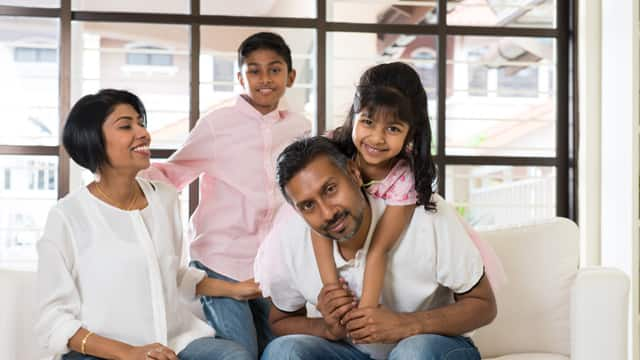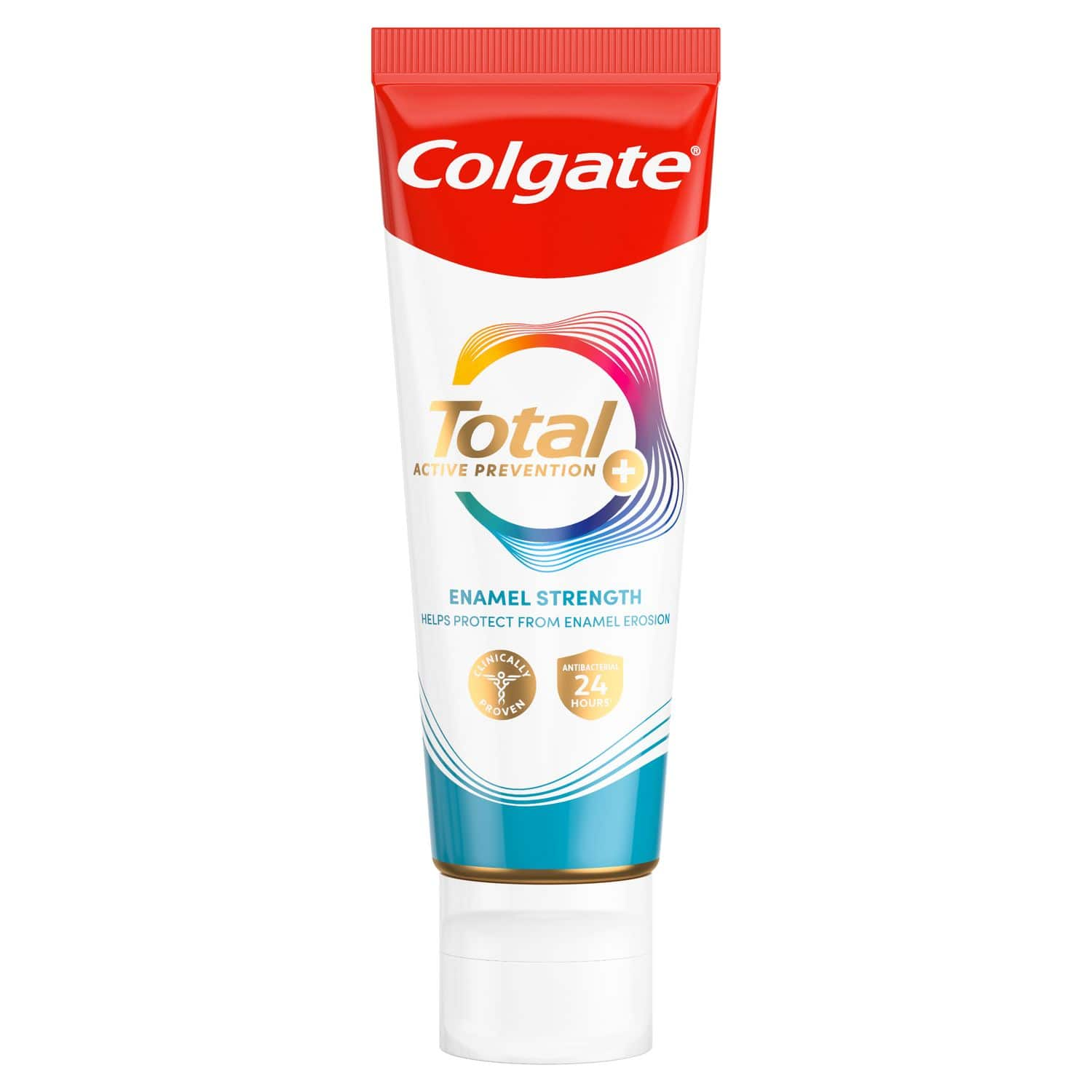-
-

FLUORIDE
What Is Stannous Fluoride Toothpaste?Stannous fluoride toothpaste helps prevent cavities, reduce sensitivity, fight plaque, and support daily gum and enamel health.

TEETH WHITENING
Why Should I Whiten My Teeth?Maybe you've always wanted a beautiful white smile. Or your teeth have yellowed over time...
-
Science & Innovation
- ORAL HEALTH CHECK
- PRODUCT MATCH
- Colgate® | Toothpaste, Toothbrushes & Oral Care Resources
- Oral Health
- Baby Teething Timeline


Teething is a big part of your baby's first year of development. While every baby is different, here is a typical baby teething timeline that can help you, as a first-time parent, navigate through this exciting yet often painful time for your little one.
Before Baby is Born
Tooth development begins during the first six weeks of gestation, and tooth buds begin to form under the gums during the eighth week of gestation. These tooth buds remain in this state throughout the rest of the pregnancy and after your baby is born.
Four to Twelve Months
Babies generally begin teething anywhere between the ages of four months and six months. The process begins as the roots begin to grow, forcing the tooth up. This puts pressure on the baby's gums causing some discomfort. At this point on the baby teething timeline, you will begin to notice some signs that the teething process has begun.
Some common teething symptoms include:
- Biting
- Drooling
- Gum Rubbing
- Sucking
- Irritability
- Decreased Appetite
- Mild Temperature
Within the first year, your baby can cut as many as six teeth. The first teeth to grow are typically the two bottom front teeth, also known as the central incisors. Generally, these teeth will not cause as much discomfort for your baby, because these teeth are thinner with a more pointed edge, allowing them to slide through the gums more easily. Next, the top four teeth, called the central and lateral incisors, will begin to come through. At this point, your baby will be able to make good use of these new teeth, and this will be a good time to introduce your child to more solid foods.
One to Three Years
By your child's first birthday, it is recommended that you schedule their first dentist appointment to ensure you are taking the best care of their first teeth. Also around this time, your baby's first molars will begin to push their way through the gums. Molars are often more painful since they have more of a flat surface versus the incisors which were more pointed.
Between the ages of one and three your baby will grow their full set of 20 teeth.
This article is intended to promote understanding of and knowledge about general oral health topics. It is not intended to be a substitute for professional advice, diagnosis or treatment. Always seek the advice of your dentist or other qualified healthcare provider with any questions you may have regarding a medical condition or treatment.
Related Articles

Kids oral care
Healthy Kids Teeth: Surprising Facts Every Parent Should KnowAside from committing to the basics, there are a few facts about caring for developing teeth that can turn any mum or dad into a super parent.

Fluoride
Fluoride for Babies: Is It Safe?By sticking to some simple guidelines and portions, fluoride is safe and recommended for babies and young children. Find out what you need to know here.

Kids oral care
Four Developmental Milestones in Your Child's Oral HealthDifferent stages of tooth development are milestones in your child's oral care. Learn more from Colgate on kids dental care for a lifetime of healthy smiles.
Related Products

Helping dental professionals
More professionals across the world trust Colgate. Find resources, products, and information to give your patients a healthier future







